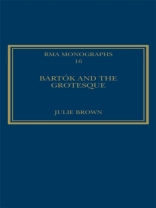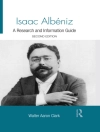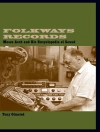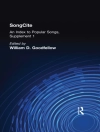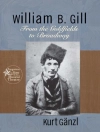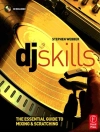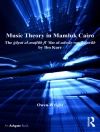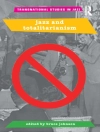The grotesque is one of art»s most puzzling figures — transgressive, comprising an unresolveable hybrid, generally focussing on the human body, full of hyperbole, and ultimately semantically deeply puzzling. In Bluebeard»s Castle (1911), The Wooden Prince (1916/17), The Miraculous Mandarin (1919/24, rev. 1931) and Cantata Profana (1930), Bart ngaged scenarios featuring either overtly grotesque bodies or closely related transformations and violations of the body. In a number of instrumental works he also overtly engaged grotesque satirical strategies, sometimes — as in Two Portraits: »Ideal» and »Grotesque» — indicating this in the title. In this book, Julie Brown argues that Bart concerns with stylistic hybridity (high-low, East-West, tonal-atonal-modal), the body, and the grotesque are inter-connected. While Bart eveloped each interest in highly individual ways, and did so separately to a considerable extent, the three concerns remained conceptually interlinked. All three were thoroughly implicated in cultural constructions of the Modern during the period in which Bart as composing.
Julie Brown
Bartók and the Grotesque [PDF ebook]
Studies in Modernity, the Body and Contradiction in Music
Bartók and the Grotesque [PDF ebook]
Studies in Modernity, the Body and Contradiction in Music
Купите эту электронную книгу и получите еще одну БЕСПЛАТНО!
Формат PDF ● страницы 192 ● ISBN 9781351574570 ● издатель Taylor and Francis ● опубликованный 2017 ● Загружаемые 3 раз ● валюта EUR ● Код товара 5326452 ● Защита от копирования Adobe DRM
Требуется устройство для чтения электронных книг с поддержкой DRM
